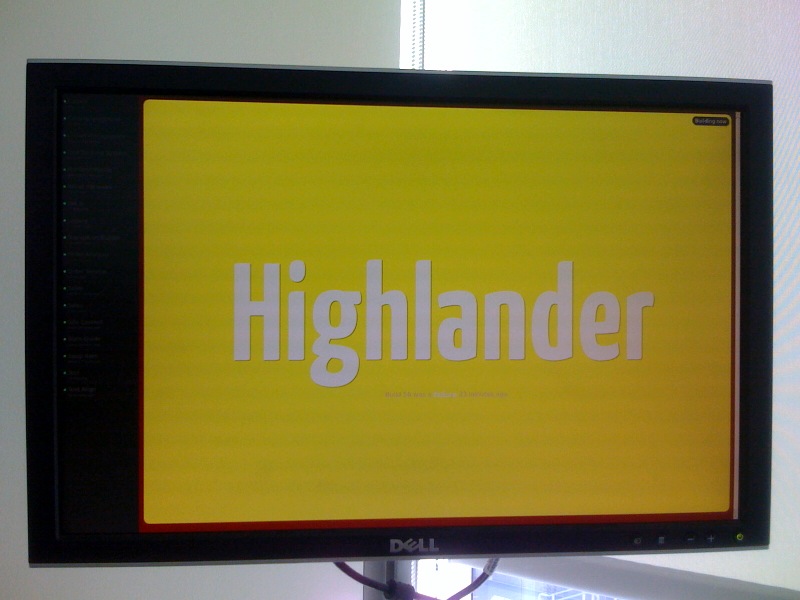Learning Chef Series
- Part 1 - Introduce the project, configure workstation, and register a node with hosted Chef
- Part 2 - Download cookbooks from the community site, add MongoDB, Apache, and Passenger to our node
- Part 3 - Start writing a cookbook to deploy our application
- Part 4 - Finish the application deploy, introduce roles
- Part 5 - Multi-node Vagrant
- Part 6
In November of 2012, Patrick Mulder posted a request on the Chef mailing list. He was
“looking for some 1-1 teaching via skype to help me get going in setting up a basic DB server from scratch, as well as a basic dev server as intermediary step.”
I thought this would be an excellent opportunity to feed my recent addiction to Google+ Hangouts. I would provide Patrick some one-on-one tutoring if he would agree to having the sessions broadcast live on YouTube. We had some technical issues getting our first session going in a Google+ Hangout but we were able to meet via Skype and I captured video of the session.
Our goal is to help you get up and running on Chef by following our progress. The intent is to have additional sessions run via Google+ Hangouts that are steamed live to YouTube. This post includes our first session which has been broken into nine short videos. I hope you enjoy these videos and are able to learn something about Chef, too. Both Patrick and I are looking forward to your feedback on this experiment.
You can watch all of the videos in the YouTube playlist or keep reading and watch each video in turn.
Introduction
In this video we introduce ourselves and the project.
 We use Green Screen at
We use Green Screen at